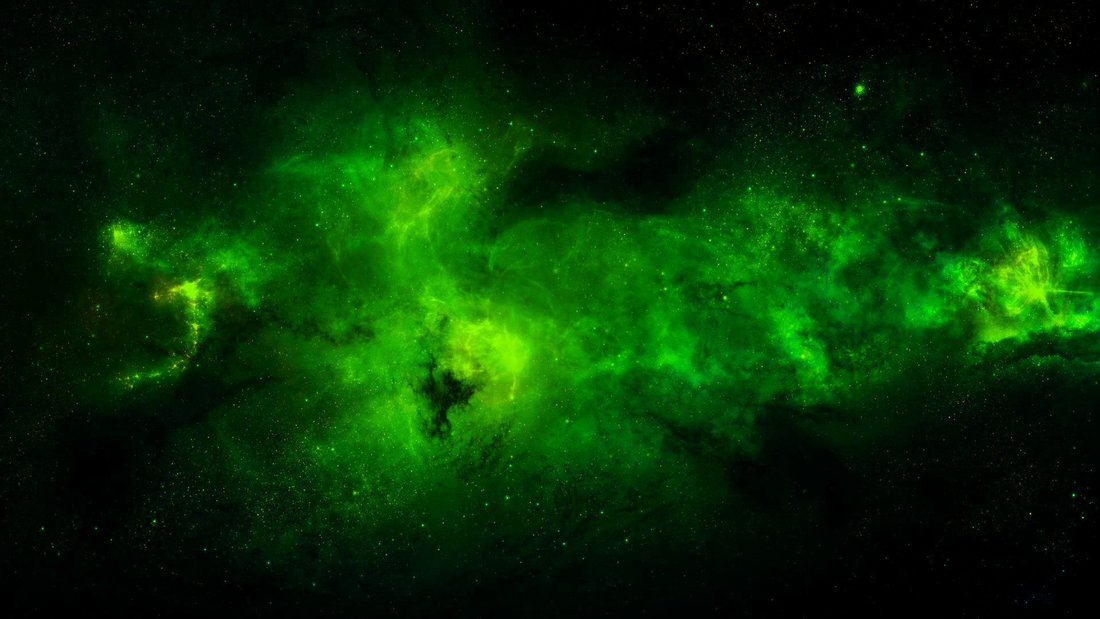
Milky Way Sucks More Mysterious Violent Old Gas Than It Blows, Study Finds
Share
For a while now we have known the Milky Way ejects gas out of the galactic disk - the wide and flat image you see of the stereotypical Milky Way galaxy image. Supernovas and interstellar winds catapult gas outward from the disk which then gradually returns to form nurseries that haven new baby stars.
But 10 years of Hubble ultraviolet data has shown that there is more gas returning from the Milky Way than is being expelled says a new study from Space Telescope Science Institute, Baltimore, Maryland.
Where this excess gas comes from remains a mystery.

Gas ejections above and below the Milky Way's stellar disk. Credit: NASA, ESA and D. Player (STScI)
One explanation put forward which is gaining traction, is that the Milky Way is a giant bully, using its considerable gravitational pull to siphon the gas from adjacent satellite galaxies.
Astronomers made the discovery by collating observational data from the archives of Hubble’s Cosmic Origins Spectrograph (COS), which retrieves movement imagery of ultraviolet data. Over 200 observations or about 10 years of data were analysed to find the scientific breakthrough as the COS watched giant gas clouds saunter eerily in and out of our wonky stellar disk.

The gas itself is invisible, however, Quasars like the one labelled in the above diagram are the cores of healthy galaxies that shine across billions of lightyears and pass light through the gas clouds, making them visible to COS.
In future, the team at Maryland hope to investigate the source of the excess gas including a survey of the Andromeda galaxy, the closest large galaxy to our Milky Way.
If you like this article please share to spread ARSE far and wide as we thrust harder into the deep unknown...
#Space_Aus




